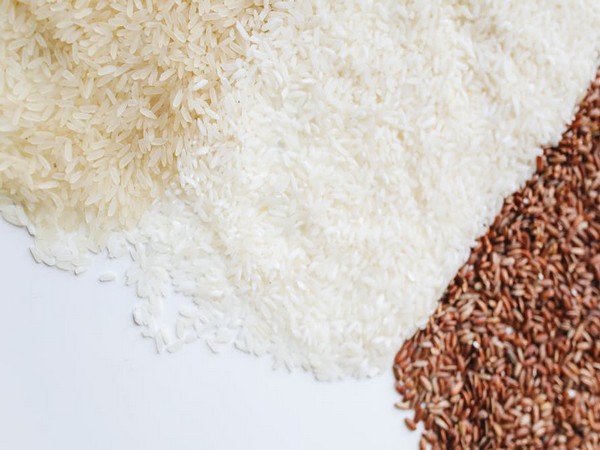India Poised for Record Kharif Crop Yields as Monsoon Boosts Growth
India is on track to achieve unprecedented Kharif crop production this year, according to first advance estimates from the agriculture ministry. Aided by favorable monsoon rains, the country's foodgrain output for 2024-25 is projected to significantly surpass previous records, with substantial increases in rice, maize, and oilseeds production.

- Country:
- India
India is on the brink of a breakthrough in agricultural yields, as first advance estimates from the agriculture ministry reveal that the nation is set to achieve record Kharif crop production for the 2024-25 season.
The total output is projected at 1,647.05 lakh metric tonnes, marking an impressive increase of 89.37 lakh metric tonnes compared to last year and 124.59 lakh metric tonnes above the average Kharif production.
Favorable monsoon conditions have played a pivotal role, facilitating optimal crop growth across the nation. Key contributors to this surge include rice, jowar, and maize, with Kharif rice alone expected to reach 1,199.34 lakh metric tonnes.
This is a substantial improvement of 66.75 lakh metric tonnes from the previous year. Kharif maize is projected at 245.41 lakh metric tonnes, and coarse cereals at 378.18 lakh metric tonnes.
The pulse and oilseed sectors also witnessed gains. Kharif pulses are estimated at 69.54 lakh metric tonnes and oilseeds at 257.45 lakh metric tonnes, the latter seeing an increase of 15.83 lakh metric tonnes compared to the prior year.
Specifically, groundnut production is forecasted at 103.60 lakh metric tonnes, while soybean production aims for 133.60 lakh metric tonnes. These forecasts hinge on typical yield trends, however, revisions are anticipated following crop cutting experiments during the harvest period.
This exceptional growth can be largely attributed to above-normal monsoon rainfall this season. India experienced 108 percent of the long period average at 934.8 mm, compared to the usual 868.6 mm.
The monsoon commenced weakly in June, recording just 89 percent of the average, but concluded robustly, with delayed withdrawal from West Rajasthan on September 23rd, six days beyond its typical timeline. This has underpinned robust sowing activities, with crops occupying approximately 1,110 lakh hectares.
Integral to Indian agriculture, Kharif crops rely heavily on monsoon rains and are sown during June-July, with harvesting extending through October-November.
For a broader perspective, India's agricultural calendar also accommodates Rabi crops, planted in October-November and harvested from January, alongside the intermediate summer crops bridging the Kharif and Rabi seasons.
(With inputs from agencies.)
- READ MORE ON:
- India
- Kharif
- Crops
- Agriculture
- Foodgrain
- Rainfall
- Monsoon
- Production
- Yields
- Rice
ALSO READ
Heavy Rainfall in Odisha: Impact and Preparedness Amid Depression Over Bay of Bengal
Delhi Witnesses Record December Rainfall in Century Amidst Air Quality Improvement
Delhi's Historic December Rainfall Brings Chill and Cleaner Air
Disinflationary effect of bumper kharif harvest and rabi crop prospects are likely to soften foodgrain prices: RBI report.
Delhi Experiences Record Rainfall and Air Quality Improvement










